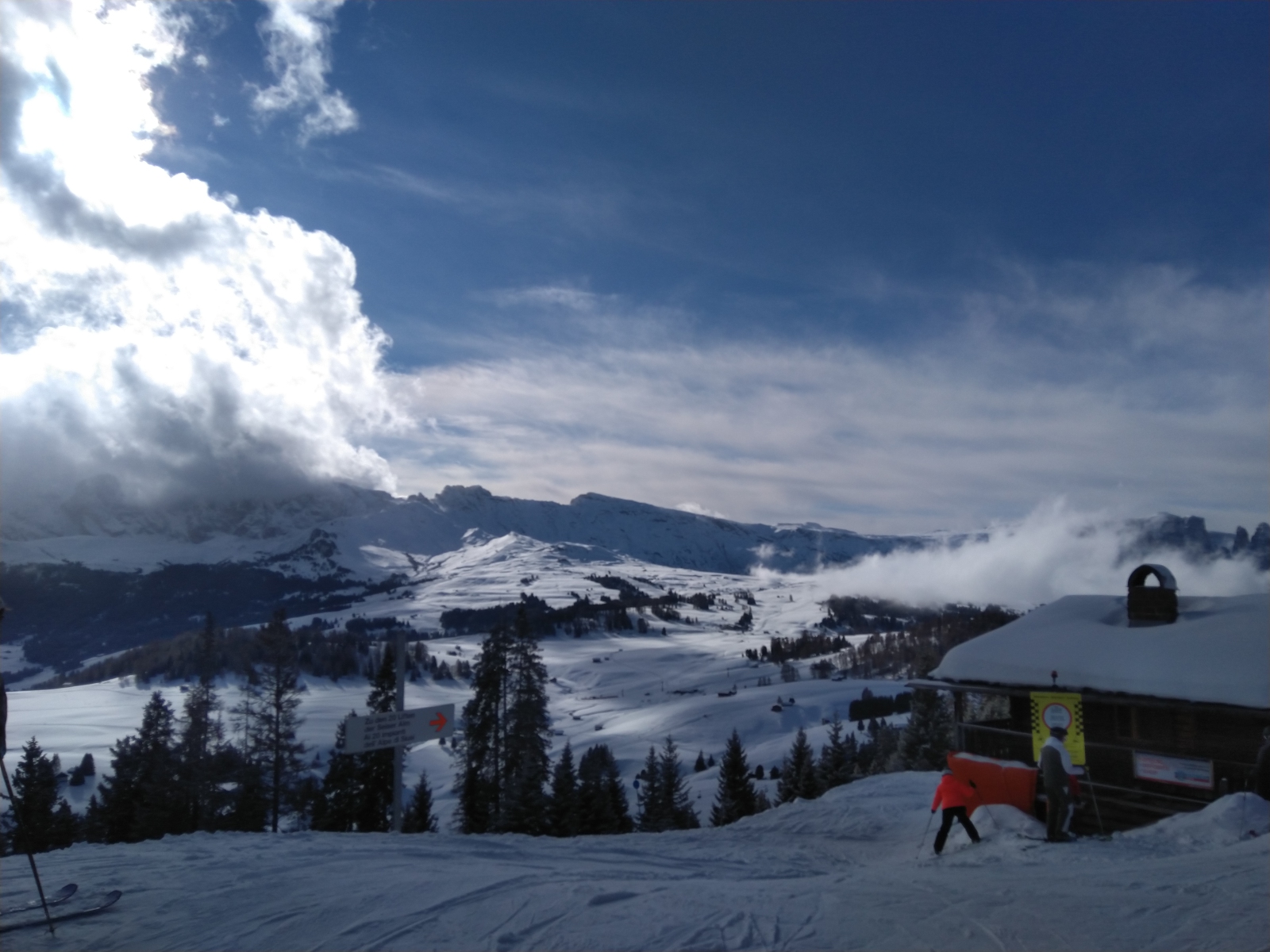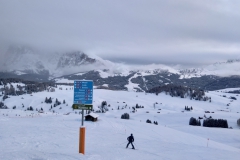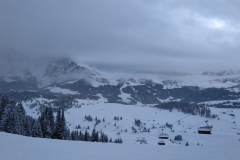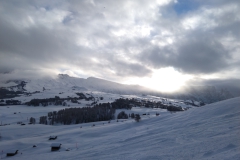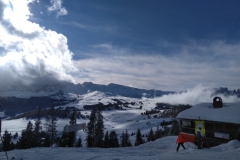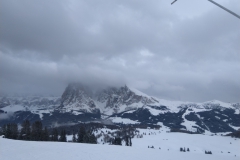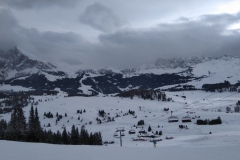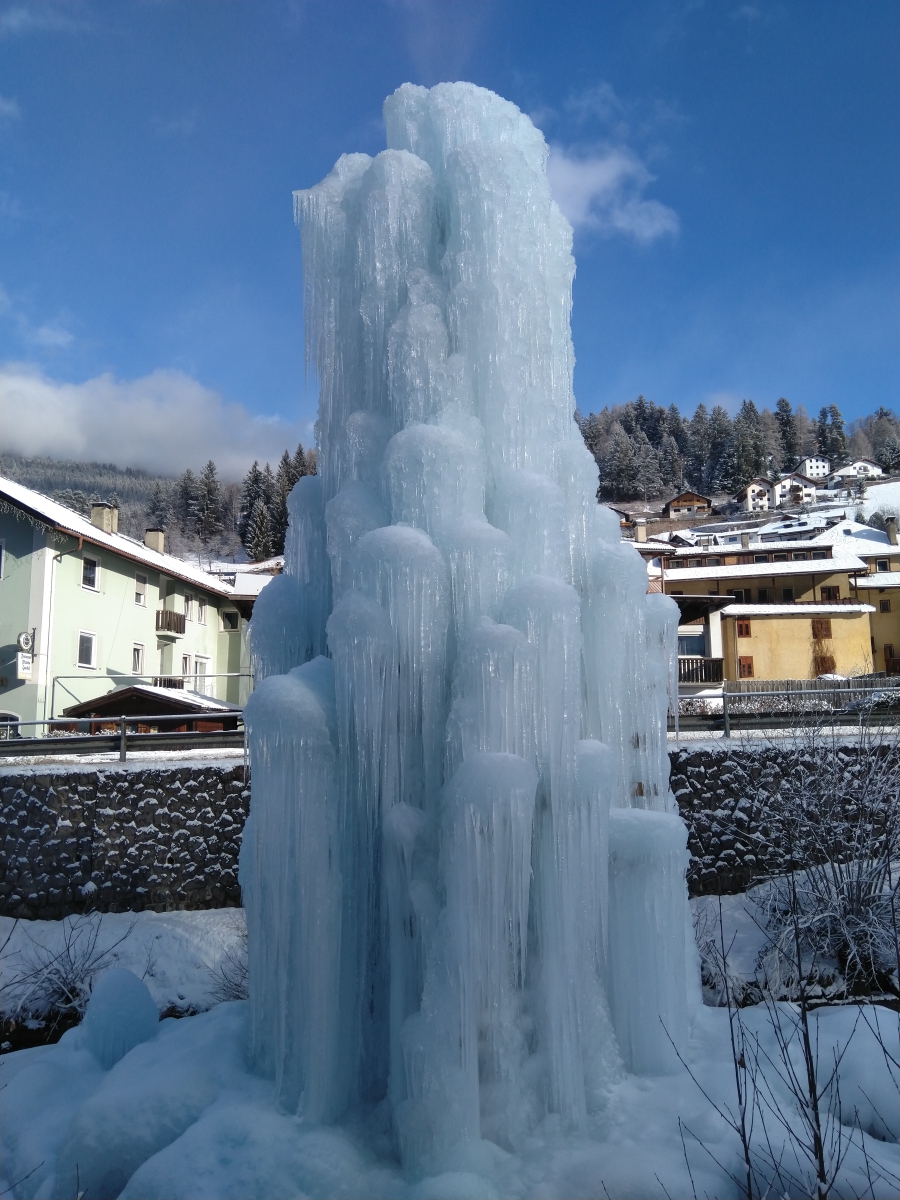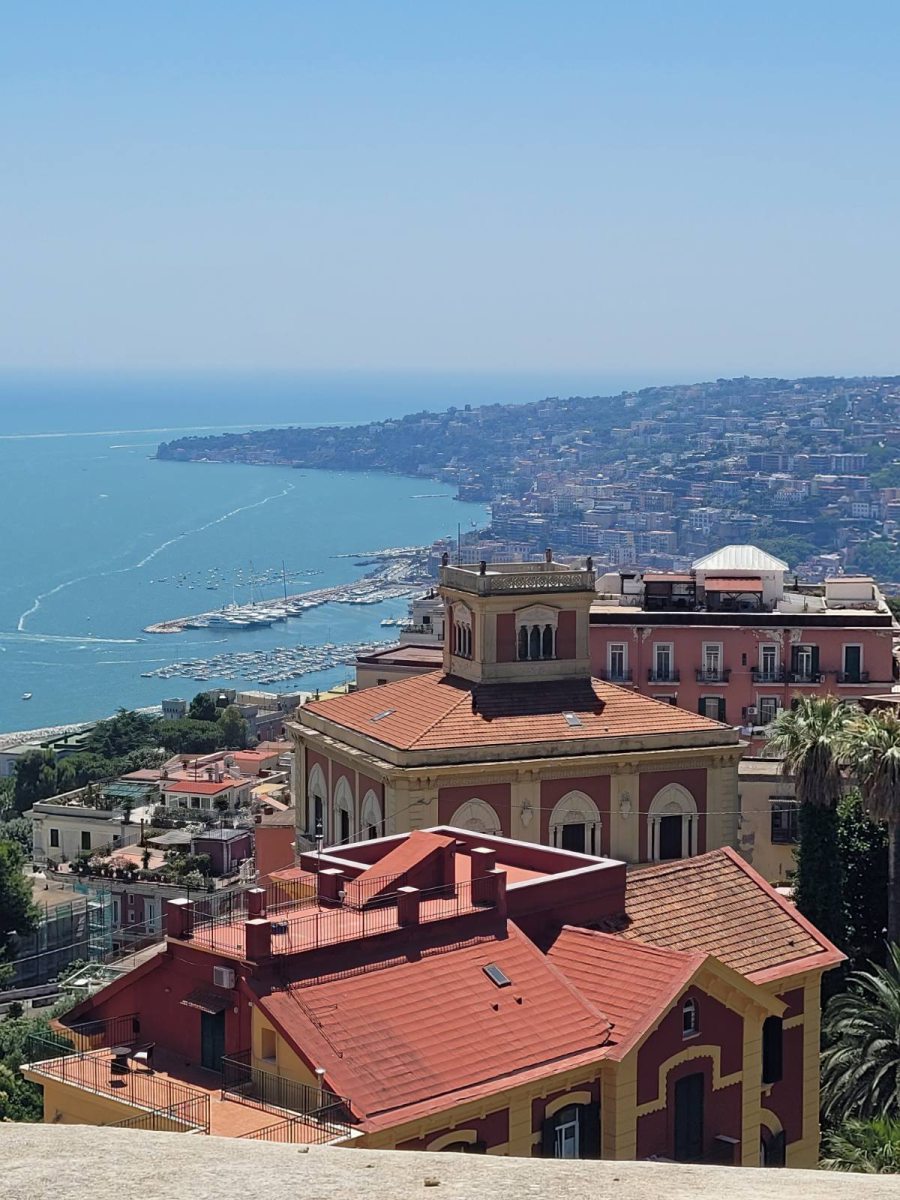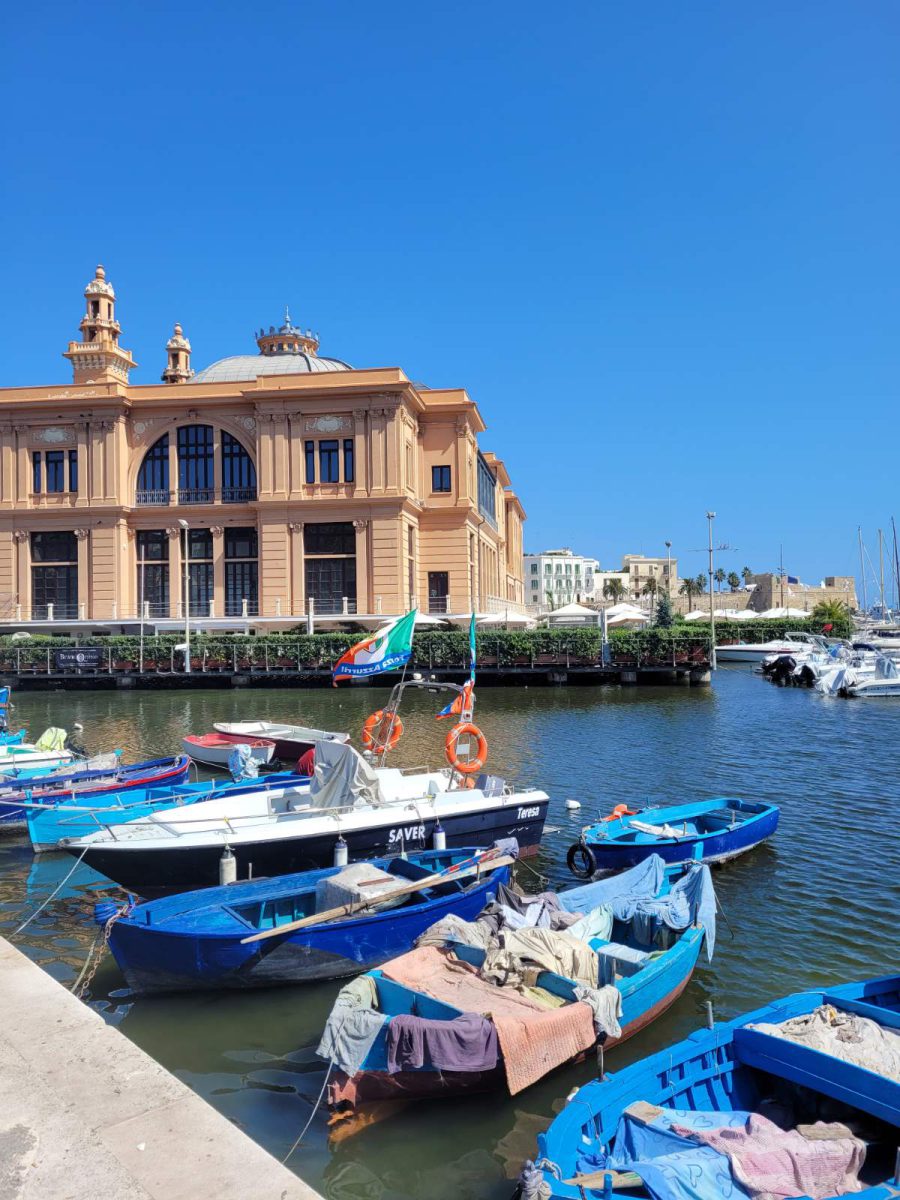Val Gardena (Gröden in German, Gherdëina in Ladin) is a valley in South Tyrol, Italy, surrounded by the majestic peaks of the Dolomites, a UNESCO World Heritage Site. Val Gardena is composed of three main villages: Ortisei (St. Ulrich), Santa Cristina (St. Christina), and Selva di Val Gardena (Wolkenstein). Each village has its own character and attractions, but they all share a common heritage and culture, influenced by the German, Italian, and Ladin languages and traditions. Val Gardena is a paradise for nature lovers and outdoor enthusiasts, as it offers countless opportunities for hiking, biking, skiing, and exploring the stunning landscapes of the Dolomites. Whether you are looking for adventure, relaxation, or culture, Val Gardena has something for everyone. In this blog post, I will share with you some of the most important things to know before you visit Val Gardena, how to get there, what to do and see, and where to eat and stay.
How to Get to Val Gardena
The easiest way to get to Val Gardena is by flying to Innsbruck in Austria, which is about 120 km away, or Verona in Italy, which is about 190 km away. From these airports, you can take a train or a bus to Bolzano, the capital of South Tyrol, and then change to a local bus to Val Gardena. You can also rent a car and drive to Val Gardena, but be aware that parking can be limited and expensive in the villages. If you are staying in a hotel or an apartment that is a member of the Tourist Association, you will receive a free bus pass that allows you to use the public transportation in the valley and beyond.
When to Visit Val Gardena
The best time to visit Val Gardena depends on what you want to do and see. Val Gardena is a year-round destination, but each season has its own charm and advantages.
- Spring: Spring is a great time to visit Val Gardena if you want to enjoy the blooming of the flowers and the greenery of the meadows. The weather is mild and sunny, and the crowds are low. You can also find lower prices and special offers for accommodation and activities. However, not all the facilities and cable cars are open, and some of the higher trails may still be covered with snow.
- Summer: Summer is the peak season for Val Gardena, as it attracts many visitors who want to hike, bike, or relax in the mountains. The weather is warm and pleasant, and most of the facilities and cable cars are open. You can also enjoy many events and festivals, such as the Val Gardena Folklore Festival, the Sellaronda Bike Day, and the Val Gardena Jazz Festival. However, you can also expect crowded places and higher prices.
- Autumn: Autumn is another great time to visit Val Gardena, as it offers a colorful and scenic spectacle of the changing leaves. The weather is cool and crisp, and the crowds are moderate. You can also find lower prices and special offers for accommodation and activities. However, not all the facilities and cable cars are open, and some of the higher trails may be closed due to snow.
- Winter: Winter is the most popular season for Val Gardena, as it is one of the best ski resorts in the Dolomites and in Europe. The weather is cold and snowy, and most of the facilities and cable cars are open. You can enjoy skiing, snowboarding, snowshoeing, or sledding on the slopes of the Val Gardena – Alpe di Siusi ski area, which is part of the Dolomiti Superski, the largest ski resort in the world. You can also enjoy the Christmas markets, the ice skating rink, and the winter events, such as the Val Gardena Ski World Cup, the Val Gardena Christmas Run, and the Val Gardena Ciaspola.
What to Do and See in Val Gardena
Val Gardena is a place where you can never get bored, as it offers a variety of activities and attractions for all tastes and ages. Here are some of the best things to do and see in Val Gardena:
- Hike in the Dolomites: Val Gardena is a hiker’s paradise, as it offers countless trails for all levels and preferences. You can hike to the iconic peaks of the Dolomites, such as the Sassolungo (Langkofel), the Sella (Sellagruppe), and the Odle (Geislergruppe), or to the scenic plateaus and meadows, such as the Alpe di Siusi (Seiser Alm), the Resciesa (Raschötz), and the Vallunga (Langental). You can also hike to the charming mountain huts and villages, such as the Rifugio Firenze (Regensburger Hütte), the Rifugio Puez (Puezhütte), and the Parthenonas (Partheneis).
- Bike in the Dolomites: Val Gardena is also a biker’s paradise, as it offers many routes for mountain biking, road biking, or e-biking. You can bike around the Sella massif, a circular route of about 60 km that passes through four valleys and four passes, or around the Alpe di Siusi, a plateau of about 50 km that offers panoramic views of the surrounding mountains. You can also bike to the nearby valleys and villages, such as the Val di Funes (Villnösstal), the Val d’Ega (Eggental), and the Val di Fassa (Fassatal).
- Ski in the Dolomites: Val Gardena is one of the most famous and prestigious ski resorts in the Dolomites and in Europe, as it offers more than 175 km of slopes for all levels and preferences. You can ski on the slopes of the Val Gardena – Alpe di Siusi ski area, which is part of the Dolomiti Superski, the largest ski resort in the world. You can also ski on the famous Sellaronda, a circular route of about 40 km that passes through four valleys and four passes around the Sella massif. You can also ski on the legendary Saslong, a World Cup slope that runs from the Ciampinoi to the village of Santa Cristina.
- Explore the Culture and History of Val Gardena: Val Gardena is not only about nature and sports, but also about culture and history. You can explore the rich and diverse heritage of the valley, which is influenced by the German, Italian, and Ladin languages and traditions. You can visit the museums, such as the Museum Gherdëina (Museum Gröden), which displays a collection of woodcarvings, paintings, and fossils, or the Museum de Gherdëina (Museum Ladin), which showcases the history and culture of the Ladin people. You can also visit the churches, such as the Church of St. James (Kirche St. Jakob), which features a Gothic fresco of the legend of St. James, or the Church of St. Christina (Kirche St. Christina), which houses a Baroque altar and a Romanesque crypt. You can also visit the monuments, such as the Luis Trenker Monument, which honors the famous mountaineer and filmmaker, or the Antonius Monument, which commemorates the patron saint of animals.

